Retail-Ready Plots
Last summer, as a housewarming gift, my wife and I gave our friends Julia and Gord a book. But it wasn’t just any book. It was Amy Stewart’s popular “The Drunken Botanist,” which is packed with drink recipes, cocktail histories and gardening tips. It also received Amazon’s “Best Book of the Month, March 2013.”
Stewart’s book is a prime example of a new wave of edible gardening books. Today’s gardeners (and foodies alike) want to be entertained with interesting stories, hip gardening ideas, easy-to-understand directions and great imagery.
In the following, four garden writers draw inspiration from their most recent releases to share a little of their edibles expertise, which may just keep your customers invested in their homegrown plots.
Stacey Hirvela, Rodale Books
As a past garden editor for Martha Stewart Living magazine and currently as the marketing specialist for Proven Winners ColorChoice Shrubs, Stacey Hirvela has always been a renter.
“I’ve always gardened in containers,” Hirvela says. So it makes perfect sense that her book is titled “Edible Spots & Pots: Small Space Gardens for Growing Vegetables and Herbs in Containers, Raised Beds and More.”
Pulling from her social media interactions with consumers on Pinterest, Facebook and Twitter, Hirvela says the confusion starts with soil types when it comes to beginning container vegetable gardens.
“They’ll ask: ‘Why can’t I dig up some dirt from the yard and put it in a pot?'” she says. “Potting soil, container soil, vermiculite, etc., exacerbates people’s confusion on what to use.”
Hirvela says this confusion gives garden centers the perfect opportunity to create a display to provide simple solutions.
“Put together a display with a vegetable gardening book, using the resources section of that book, saying, ‘Here are the products (soil, specific varieties, correct-sized containers) this book recommends.’ Create a one-stop mini shop for this type of gardening.”
Additionally, Hirvela advocates ready-made edible containers at retail. “It’s very easy for us in the industry to assume consumers can do this,” she says. “There are so many people who have written off believing they can grow their own food. It’s crucial to have containers planted up already, whether for display or for sale, to help them make a mental connection.”
Niki Jabbour, Storey Publishing
Niki Jabbour is the author of “Groundbreaking Food Gardens: 73 Plans That Will Change the Way You Grow Your Garden.” Jabbour firmly believes edible gardening is now rooted in mainstream culture, and it’s not going anywhere.
“The trend for growing food plants has grown dramatically since 2008; this is a trend hitting every age group,” Jabbour says. “My mantra for new gardeners is ‘start small.’ Don’t go overboard. If it starts to feel like a chore, it’s not going to be fun.”
For your garden center, Jabbour is a big proponent of diversity supported by signage. She explains: “That doesn’t mean you have to provide 40 types of tomatoes, but if you’re going to provide six or 12, include an heirloom like ‘Cherokee Purple’ or a hybrid like ‘Sun Gold.’ Same goes for kale and cucumbers. One or two unique varieties can set you apart from other retailers.”
But for these varieties to get noticed, Jabbour says a little signage goes a long way if you’re truly interested in boosting sales. “Take a picture of a ‘Cherokee Purple’ tomato with text that reads, ‘This is said to be the best-tasting heirloom tomato!'” she says. “People are going to want to buy that tomato. It’s as simple as that when you draw attention to it.”
While a few spare minutes are hard to come by in the spring, Jabbour says creating easy, assertive signage like this is the perfect project for the part-time, tech-savvy employee.
“Have a grabber with two or three bullets at most. Promote flavor, disease resistance. Promote what sells.”
Elizabeth Millard, Cool Springs Press
“My partner and I started a farm Bossy Acres in 2011,” says Elizabeth Millard, author of “Indoor Kitchen Gardening: Turn Your Home into a Year-Round Vegetable Garden.” That following winter, Millard was eager to start growing.
“We had a house in the city (Minneapolis) with decent lighting and shelf space, and we spent that winter seeing what we could grow (indoors),” she says. During the long and cold winter, “We grew microgreens, herbs and pea shoots inside. It felt so good to snip those off and have it taste fresh and have it taste like spring.”
Beyond the warmth of spring and summer months, Millard says growing edibles during the winter is an opportunity often missed.
“For most people, the chance to grow and see green (in the winter) is pretty exciting,” she adds. Whether it’s Minneapolis in January or Phoenix in August, growing inside is something everyone can do.
Millard says retailers should emphasize that growing indoors doesn’t have to be an expensive endeavor. And start with microgreens.
“Urban, younger people are starting to see (microgreens) a lot more when they go out to eat,” she says. “Growing microgreens is an easy kids activity too. They are so easy to grow and they can be harvested in as quick as a week. Kids can actually eat something they’ve grown before the interest wears off.”
Additionally, Millard says the Bossy Acres stand at her local farmers market has found faster sell-through success of the tomatoes and peppers when they arrange a special selection of peppers and tomatoes and other produce and call it a salsa kit.
“People go crazy for it,” she says. “When we make it easier, we’ll sell twice as much. They just need a prompt.”
Sara Alway-Rosenstock, Quirk Books
Looking for a solid add-on sales strategy? Follow the lead of Sara Alway-Rosenstock, author of “Soil Mates: Companion Planting for Your Vegetable Garden.” As an apartment dweller in Philadelphia, Alway-Rosenstock says the concept of companion planting was something that was never introduced to her until her father-in-law started planting an organic garden.
“I found it fascinating that I had never heard of this type of gardening before,” she says. “I was intrigued that these plants could have relationships with each other.” When she started looking at the literature out there, Alway-Rosenstock found it dry and a little hard to wrap her head around. “It needs to be more digestible for an everyday person,” she adds.
In “Soil Mates,” she turned this gardening approach into a vegetable dating guide of sorts full of turn ons, turn offs, “needy alerts” and recipes featuring each couple contributed by her chef sister.
She admits her book isn’t written for the Master Gardener, but rather for the novice with a big container on their front porch.
“It’s important to make the information fun and as accessible as possible,” she says. “(In companion plantings) explain why they are paired and the benefits they provide each other.”
A sample from a chapter in her book kicks off like this: Carrot finds well-built onion exceedingly attractive … (Onion’s) repelling scent is perfect for repelling her corrosive stalker, the annoying carrot root fly.
Above all else, have fun with it.

Need fresh ideas for selling edibles? Turn to the folks who wrote the book on it literally.

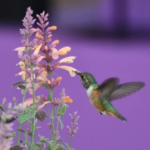
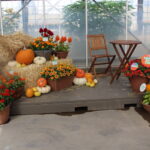
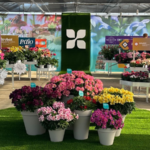
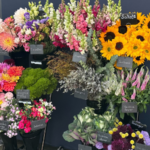

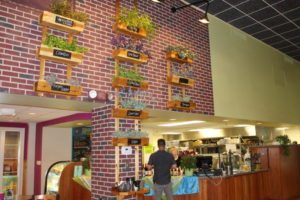

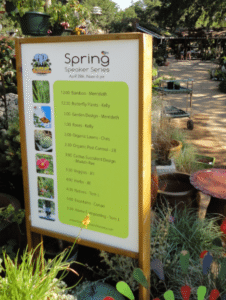
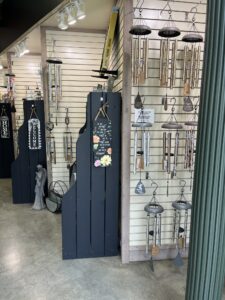
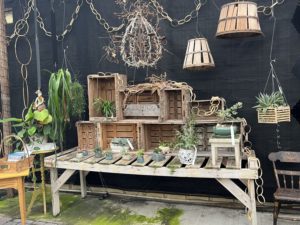
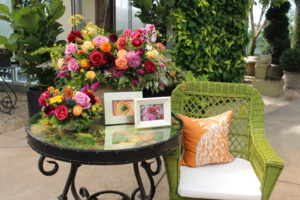
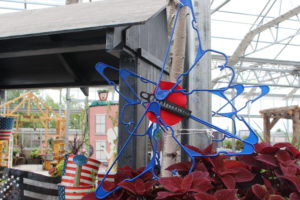
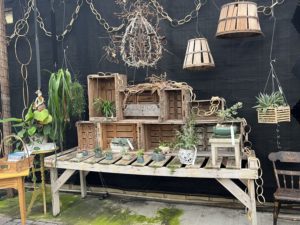
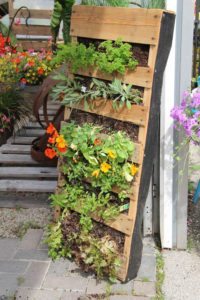
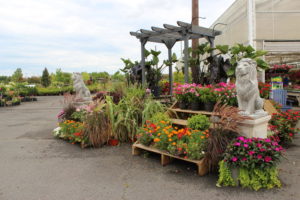
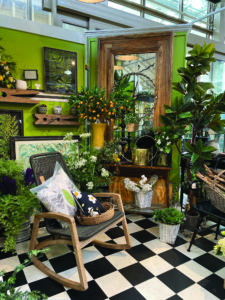
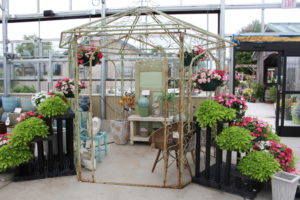
 Videos
Videos





